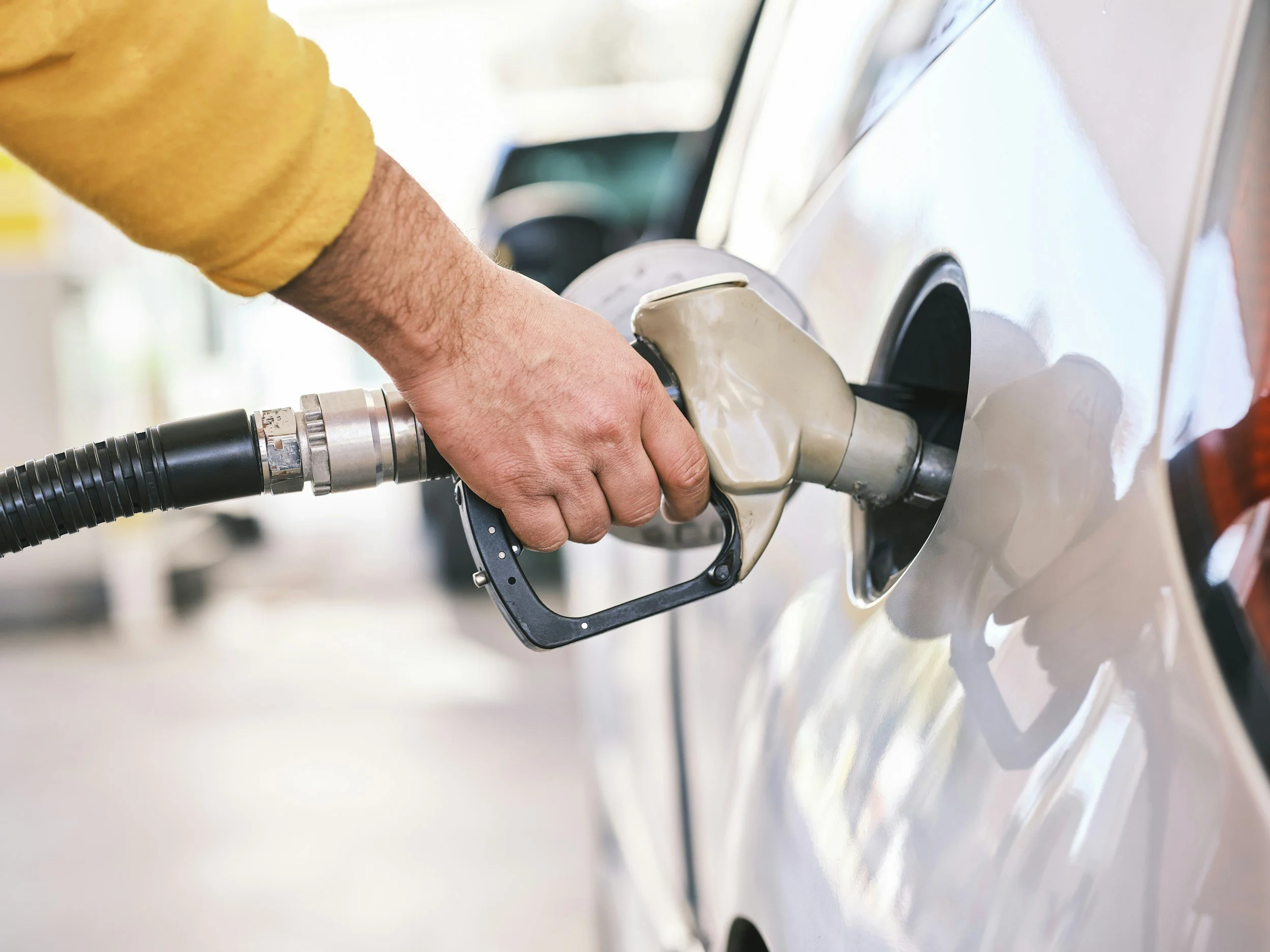Interesting Facts About Diesel:
At SV SPORT, we pride ourselves on offering premium diesel vans built for performance, reliability, and lower emissions. But to keep these advanced vehicles running at their best, it’s important to understand some of the key systems working behind the scenes—particularly AdBlue® and the Diesel Particulate Filter (DPF).
Whether you’re a fleet manager or an individual driver, having a solid understanding of these technologies can help you save money, avoid unexpected issues, and reduce your environmental footprint.
What Is Selective Catalytic Reduction (SCR) and AdBlue®?
To tackle harmful nitrogen oxide (NOx) emissions, modern diesel vans are equipped with Selective Catalytic Reduction (SCR) systems. This clever technology can reduce NOx emissions by up to 90%, while also potentially improving fuel efficiency by 3–5%.
How It Works
SCR systems use a fluid called AdBlue®, which is stored in a separate tank. This liquid is injected into the exhaust system to neutralise harmful emissions before they leave the tailpipe.
You can top up AdBlue® yourself—it's available at many fuel stations and dealerships. Your van’s dashboard will alert you when levels are low. It’s important not to ignore these alerts: running out of AdBlue® can cause your van to enter a reduced-power “limp mode” or even prevent it from restarting after the engine is turned off.
💡 Top Tip: Refilling AdBlue® is the driver’s responsibility. However, if your service schedule includes replacing the fluid (rather than just topping it up), this may be covered by your maintenance contract—check your agreement to be sure.
Understanding the Diesel Particulate Filter (DPF)
All modern diesel vans come fitted with a Diesel Particulate Filter (DPF). This crucial component traps soot particles from the exhaust, stopping them from polluting the air.
Keeping It Clean
To stay effective, the DPF must clean itself regularly through a process called regeneration—where trapped soot is burned off at high temperatures. This typically happens during motorway driving, when the exhaust gets hot enough naturally.
But if you mainly drive short distances at lower speeds, your van might not regenerate the DPF often enough. In this case, your vehicle may attempt a forced regeneration. You’ll need to continue driving at over 40mph for around 10 minutes to let the process complete.
🚨 Don’t Ignore the Warning Light: Failing to regenerate the DPF can lead to increased soot buildup. If left untreated, this can trigger a restricted performance mode—or worse, require a costly DPF replacement that’s not covered under warranty or your maintenance plan. Repairs can exceed £1,000.
Final Thoughts
At [Your Van Site Name], we want you to get the most out of your premium diesel van. That means staying informed and proactive when it comes to emissions technologies like SCR and DPF. Always follow the guidance in your vehicle handbook, and never ignore dashboard alerts.
🛠️ Please Note: If you have a Service, Maintenance and Repair (SMR) package, AdBlue® is classified as a consumable and not included in the cover.
Need advice on the best van for your needs—or want help understanding your maintenance plan? Our expert team is here to help.

